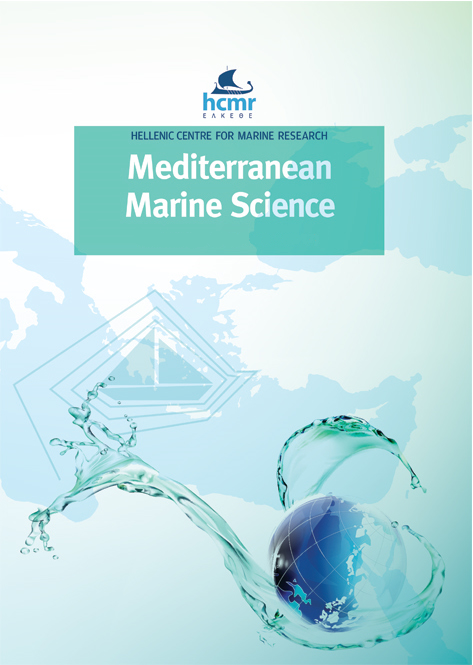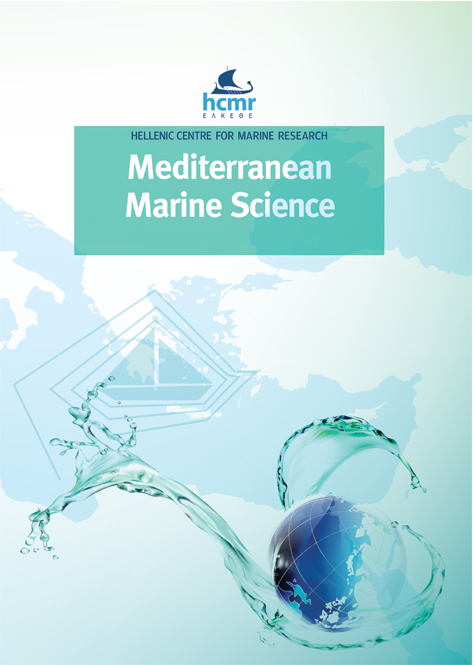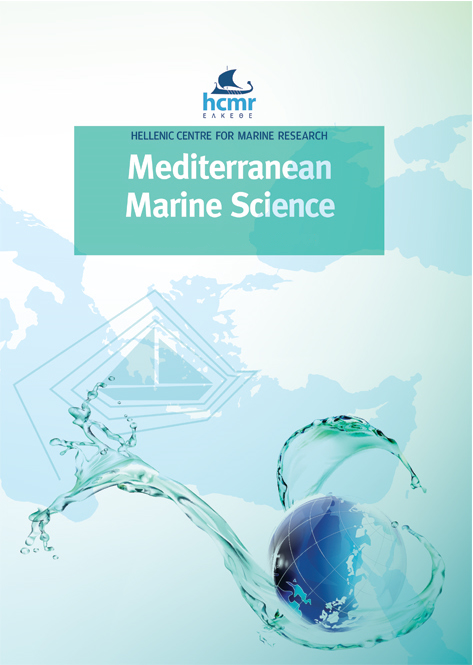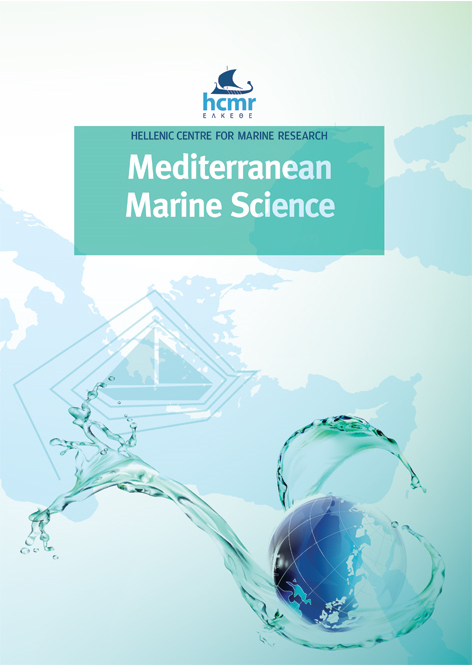Stable isotopes provide evidence of a trophic shift in the lesser spotted dogfish Scyliorhinus canicula from the Central Tyrrhenian Sea
Résumé
Stable isotopes (δ13C and δ15N) were analysed in vertebrae of Scyliorhinus canicula (n=40; 13 males, 27 females) from the central Tyrrhenian Sea to explore a potential trophic shift in relation to sex and maturity condition. Isotopic values were obtained from the centre and the periphery of the vertebra of each individual to test for the effect of maturity condition. The values of δ13C and δ15N showed significant differences between the immature and mature state of the individuals analysed (U’=1392, P<0.0001 for δ13C; U’=1385, P<0.0001 for δ15N). Differences in values of δ15N demonstrated a trophic shift during maturation progress of S. canicula. The peripheral vertebral part, corresponding to the mature state of each individual, showed higher values of δ15N (mean 5.41‰ SD±1.29‰), compared with the lower values of δ15N (mean 2.78‰ SD±1.52‰) observed in the central vertebral part related to the immature state. In contrast, the isotopic signature of δ13C was lower in the vertebral centra, and thus related to areas less enriched in C13 (mean -22.56‰ SD±1.26‰) in comparison with the vertebral periphery (mean -20.03‰ SD±1.34‰) linked to more productive environments. No significant differences in δ13C or for δ15N values were observed between sexes.
Article Details
- Comment citer
-
REINERO, F. R., BECERRIL-GARCÍA, E. E., ELORRIAGAVERPLANCKEN, F. R., MELO-BARRERA, F. N., TORALDO-SERRA, M. L., GIGLIO, G., MICARELLI, P., TRIPEPI, S., GALVÁN-MAGAÑA, F., & SPERONE, E. (2023). Stable isotopes provide evidence of a trophic shift in the lesser spotted dogfish Scyliorhinus canicula from the Central Tyrrhenian Sea. Mediterranean Marine Science, 24(1), 1–6. https://doi.org/10.12681/mms.27391
- Rubrique
- Research Article
Authors who publish with this journal agree to the following terms:
- Authors retain copyright and grant the journal right of first publication with the work simultaneously licensed under a Creative Commons Attribution Non-Commercial License that allows others to share the work with an acknowledgement of the work's authorship and initial publication in this journal.
- Authors are able to enter into separate, additional contractual arrangements for the non-exclusive distribution of the journal's published version of the work (e.g. post it to an institutional repository or publish it in a book), with an acknowledgement of its initial publication in this journal.
- Authors are permitted and encouraged to post their work online (preferably in institutional repositories or on their website) prior to and during the submission process, as it can lead to productive exchanges, as well as earlier and greater citation of published work (See The Effect of Open Access).










